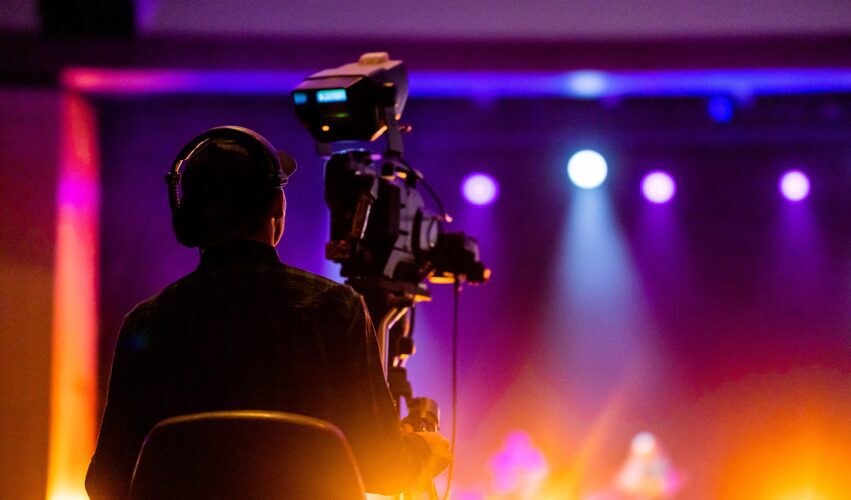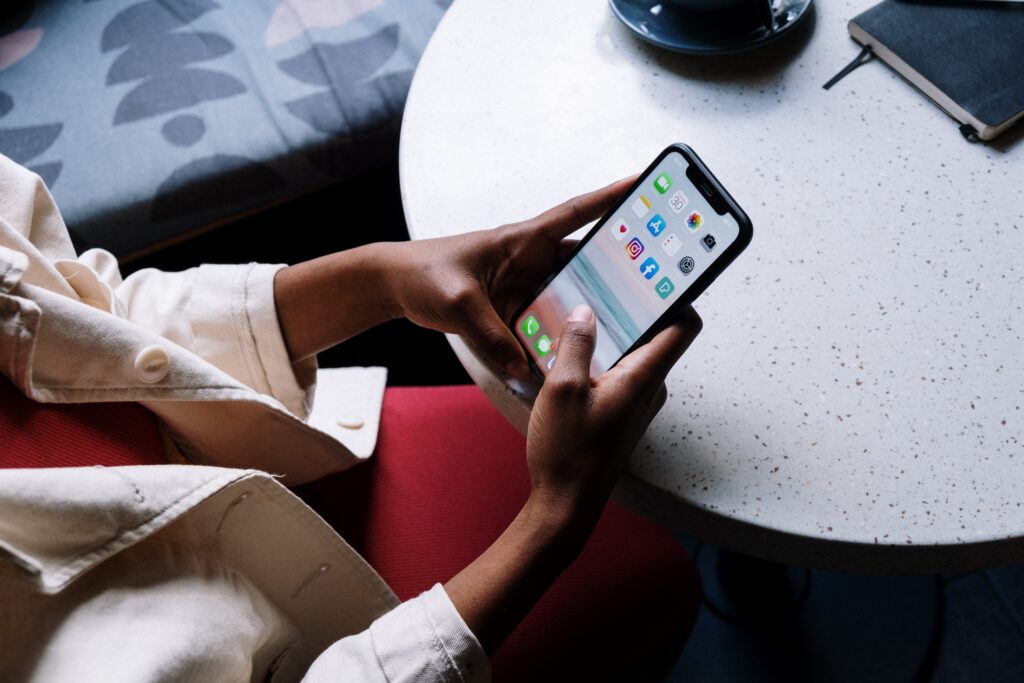Preparation is key when it comes to a livestream event. There are many technical aspects to watch out for to ensure your viewers at home receive the best viewing experience. Here are some steps you can follow to ensure your event is streamed out correctly, and at the highest quality, delivering a successful digital marketing strategy.
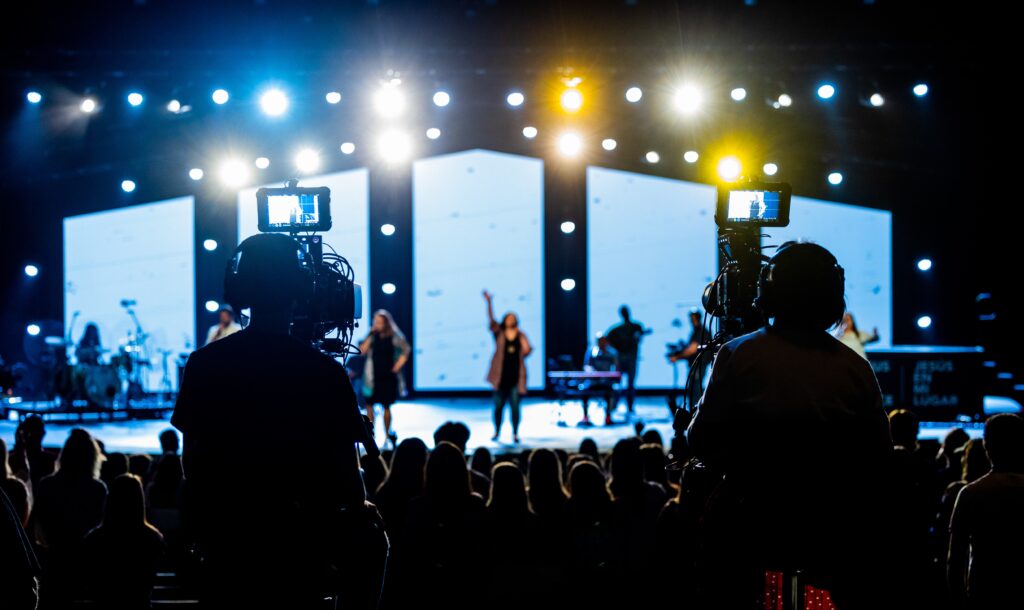
Hire a professional livestreaming company
Hiring streaming specialists for your livestream event is the best option. With plenty of experience in the live-streaming industry, they will give you complete peace of mind that your stream will be broadcast at the highest quality on the streaming service of your choice. They have all of the most up-to-date equipment as well as trained staff to ensure the most secure stream possible. Streaming professionals also have extensive AV experience. This means technical equipment such as lighting, cameras and sound are all broadcast properly from your event.
Outsourcing your livestreaming services is also more cost-efficient than trying to do it yourself in-house. The need to purchase, maintain and train to use the equipment will take longer and could cause troubleshooting issues during your stream due to a lack of experience. Professionals will be able to correctly monitor and send high quality live video and audio feeds through to your streaming service platforms.
Livestreaming companies will ensure a reliable and stable internet connection, with the ability to mitigate and quickly resolve issues should they arise during the event. Minimising regular dropouts will keep your audience happy and engaged throughout the event.
The ability to stream to multiple platforms simultaneously is a very helpful digital marketing strategy. Streaming live to Facebook, YouTube, Instagram, Zoom, Twitch etc., builds hype on your pages, making your event more likely to appear at the top of people’s social media feeds.
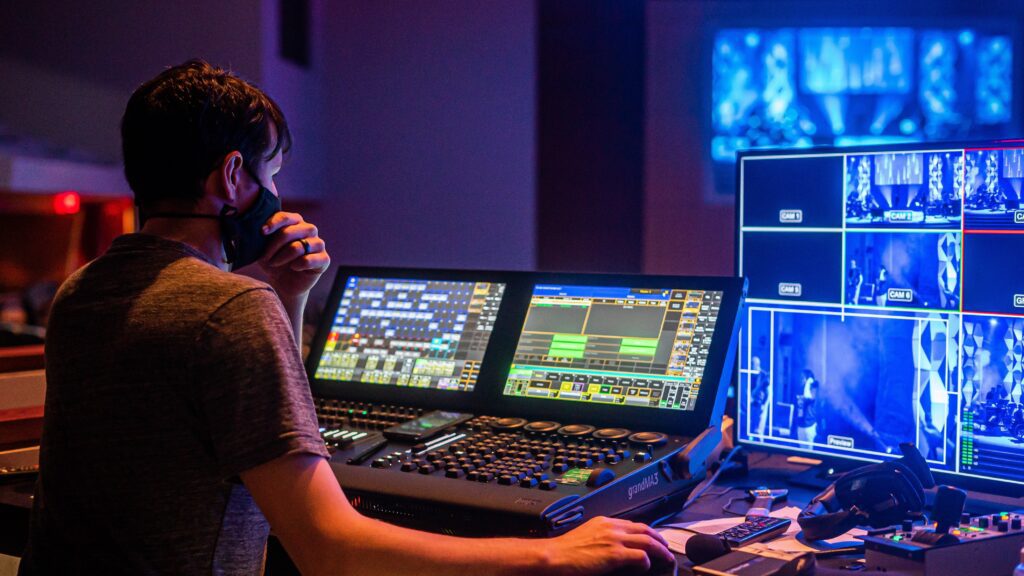
Plan the content carefully
Meeting with the event organisers to discuss the run sheet is a must before any livestream. Knowing about all speeches, interviews, presentations, and performances as well as the timing of these, will create a clear plan for your event. Throughout the livestream, you could display on-screen graphics such as names and titles, text and live chat as well as videos, photos or other multimedia. There can be a lot to remember so creating your own livestream event schedule will make sure the livestream stays on track and nothing is missed.
Determine your livestreaming content strategy. Knowing your target audience and key message is important for attracting brand awareness. Other than simply recording your live event, you might want to do a product launch to show customers how to use your product through a livestream. Scheduling the event ahead of time will ensure the stream starts on time and in the correct time zone. Preparing a relevant description beforehand for your stream will help audiences instantly understand what your event is about.
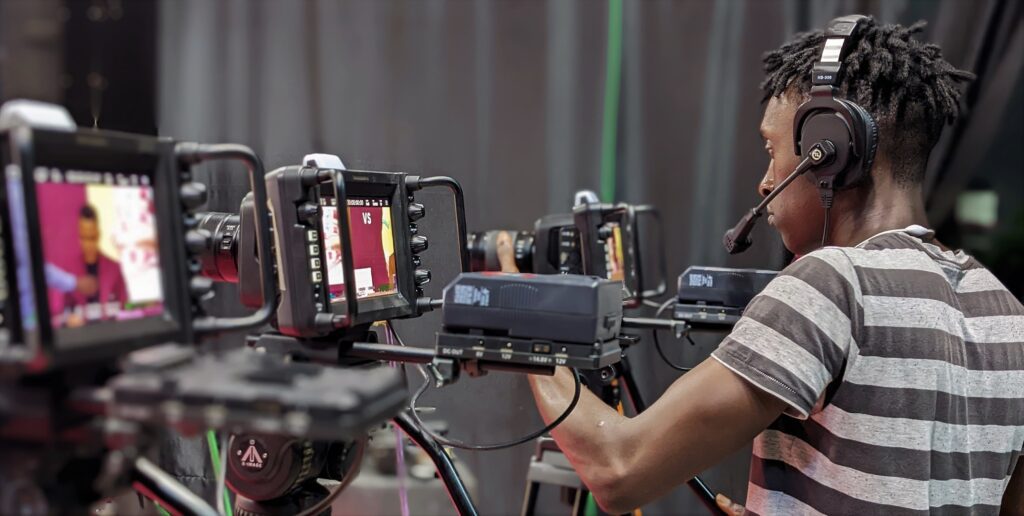
Rehearse and test
Practicing your livestream prior to your event will boost your confidence ensuring correct timing of what should appear on screen. If the live stream is a multi-camera set-up, the ability to communicate with camera operators positioned around the room via headsets is very advantageous. The livestreaming coordinator can direct operators to zoom and focus on specific areas of the stage, while live switching to the different camera angles. This creates a very dynamic and engaging live stream. Testing of cameras, microphones, live switchers and levels of audio mixers should be performed at least a few hours before the event start time. Making your multimedia and graphics animate on screen will look more professional and impress your viewers.
Checking for a stable internet connection is paramount. Livestreaming companies will ensure that a dual bonded 4G internet connection is set up along with stable wifi as a backup to minimise dropouts. It is typically recommended that a minimum upload speed of 30mb/s is needed for livestreaming videos but it is important to check the recommended speeds for different social media platforms.
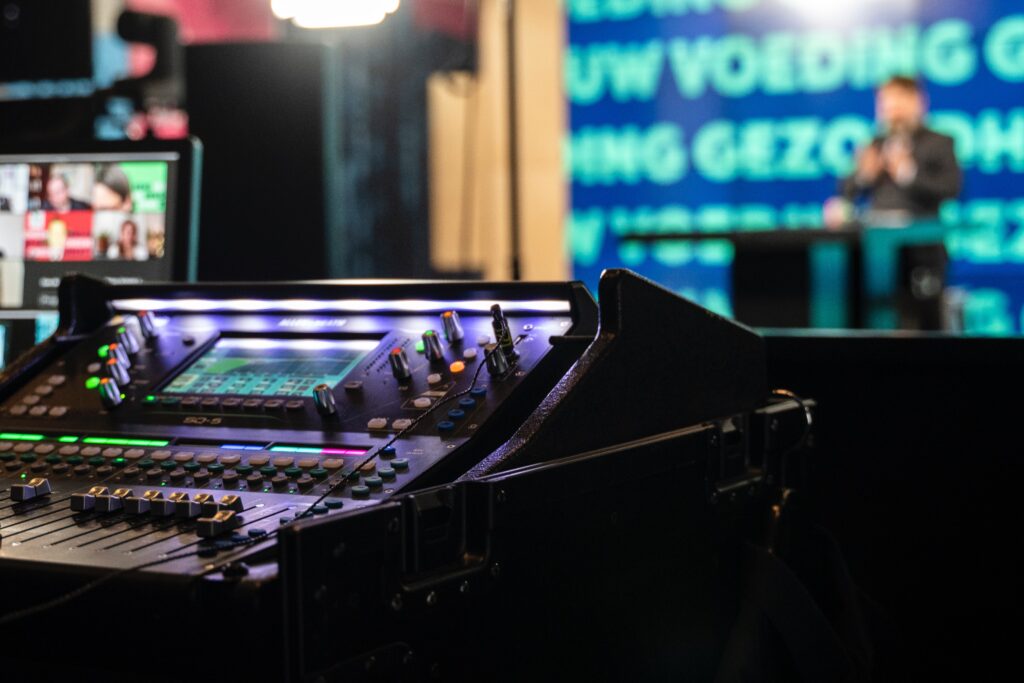
Promote the event
Telling your audience which date and what time your event is scheduled to take place across all platforms should be done by posting a couple of days in advance. Asking any special guests, you have to cross-promote on their social media channels will drive traffic and attention to your livestream too. More and more web users seeking to discover live-stream videos are turning to Google or YouTube.
Creating an engaging thumbnail with a relevant title will help attract viewers to join the stream. If you have a podcast, blog post or email newsletter, mention your upcoming live stream to direct them to your page via the link. Another great idea is to add it in your Instagram bio, reels and stories a few days prior. Promoting your stream by creating a banner on your website is a good option as well as your YouTube channel.
Boost viewer engagement
Once the livestream has started you need to keep your audience interested. Many viewers love to engage with live streams through live chats, Q&A’s and live polls. Competitions and games offering prizes and giveaways are a great way for audiences to interact and keep watching. Hosts of your event should be briefed before the event to engage with audiences at home, encouraging them to ask questions to key speakers for example. Creating a personal and memorable experience for your audience will keep them coming back for more. If budget allows try paid promotion on Google Ads or Facebook Ads to increase reach.

Release edits of the best content on social media
Ensure that your entire livestream as well as separate camera angles and audio mix are recorded. After your livestream has concluded, a good marketing strategy to keep the hype going is to edit short videos of some of the highlights from the event for your social media platforms. This will create a sense of FOMO (Fear Of Missing Out) leaving audiences who missed it wanting to catch the next event. Use upbeat music and on screen text, subtitles and graphics to attract more attention to these social media videos.
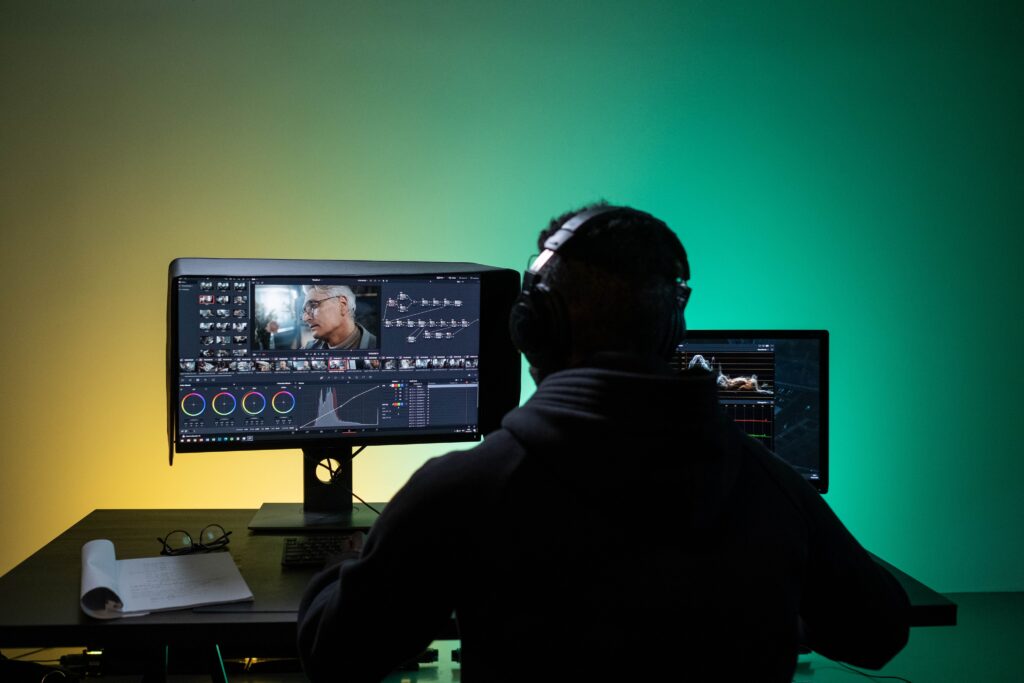
Conclusion
Livestreaming your events is a great way to interact and engage with your audience. It is important to hire professionals to ensure the stream is broadcast correctly and all equipment is tested prior to the event. Promoting your stream on socials beforehand will ensure a successful marketing campaign, and boosting audience engagement with polls and Q&A’s can create a fun and successful viewing experience.
To learn more about livestreaming your events, contact Dream Engine.

Ryan Spanger is one of Melbourne’s most respected and sought-after video production professionals. Ryan founded Dream Engine in 2002, and specialises in helping medium to large corporates, government departments, and the non-profit sector to connect with their audience more effectively by using video.
